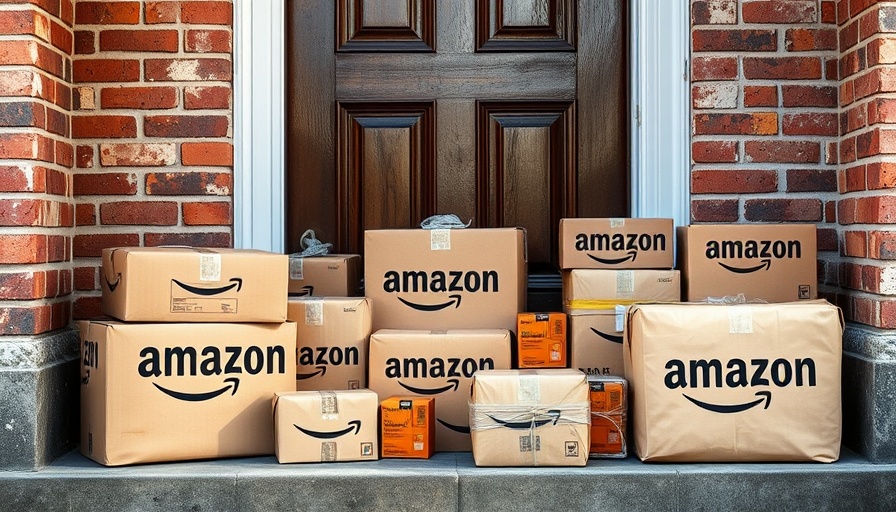
Understanding Ladder Safety: The Aging Perspective
As we age, maintaining our independence while ensuring our safety becomes a pressing concern, especially when it comes to routine tasks like using a ladder. For many homeowners in the MidSouth, climbing up to change light bulbs, hang decorations, or clean gutters is commonplace, but it raises an important question: when is it safe to stop using a ladder? Experts suggest that this decision should take into account individual health conditions and varying physical capabilities.
Assessing Risk Factors
According to Dr. John Gallucci Jr., a physical therapist, age often introduces changes in balance, muscle strength, and vision, making ladder-related tasks increasingly perilous. This heightened risk is compounded for those with conditions like osteoporosis, where even a minor fall can lead to serious fractures. Reaction times may also decline with age, impacting one’s ability to correct a misstep.
Moreover, conditions such as neuropathy can impair the sensation in legs and feet, making it challenging to safely navigate a ladder. Medications for common ailments, which many older adults take, can further complicate things by causing dizziness, heightening the risk when on elevated surfaces. Understanding these risks is crucial for homeowners keen on maintaining their independence.
Practical Tips for Music Ladder Use
If you or a loved one must use a ladder despite these risks, certain precautions can enhance safety:
- Choose the Right Ladder: Invest in a sturdy, well-maintained ladder with wide steps and slip-resistant feet. Always ensure it's placed on an even surface.
- Follow Manufacturer Guidelines: Respect user height and weight limits, maintenance schedules, and proper setup, as specified by the ladder's manufacturer.
- Never Climb Alone: Always have someone present to assist if necessary. Having a buddy system can provide peace of mind and make ascending and descending much safer.
By being aware of personal limitations and following these tips, older adults can perform essential household tasks more safely.
Emphasizing Independence and Safety
The desire to remain self-sufficient is strong among older generations, but it’s essential to balance independence with safety—especially when it involves using ladders. Homeowners in the MidSouth can benefit from resources that help them make informed decisions about their home maintenance tasks.
Community and Resources
Engaging with local experts in home improvement and health can provide valuable insights tailored to the needs of aging homeowners. Whether it’s workshops on safe home maintenance or consultations with health professionals, community resources can empower individuals to take charge of their safety.
Conclusion: Moving Forward Safely
While many homeowners cherish their independence, recognizing when it’s no longer safe to use a ladder is a vital step in ensuring overall well-being. By understanding the risks and implementing safety measures, you can continue to enjoy the comforts of home without unnecessary hazards.
To foster a safer living environment, the next time you or a loved one faces the ladder challenge, remember to assess your unique situation critically. Seek guidance from trusted resources in your community to help navigate these discussions.
 Add Row
Add Row  Add
Add 



Write A Comment